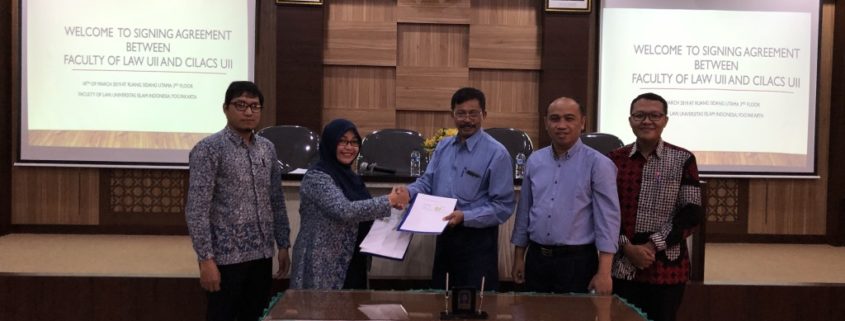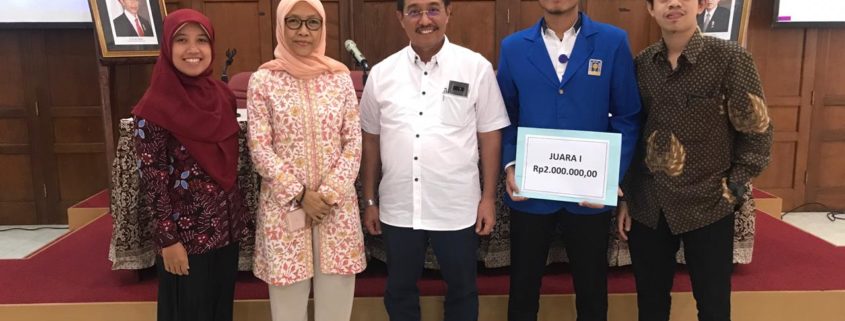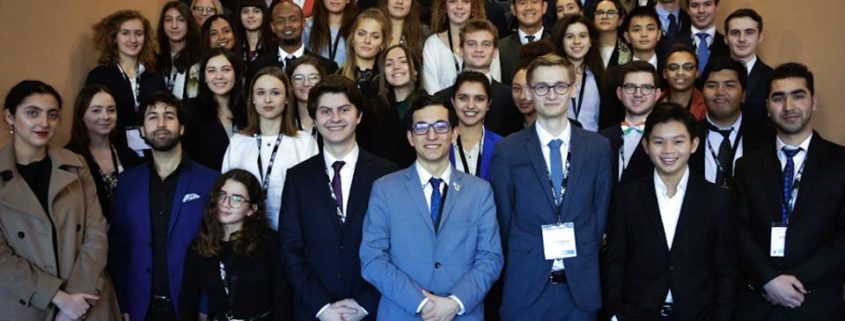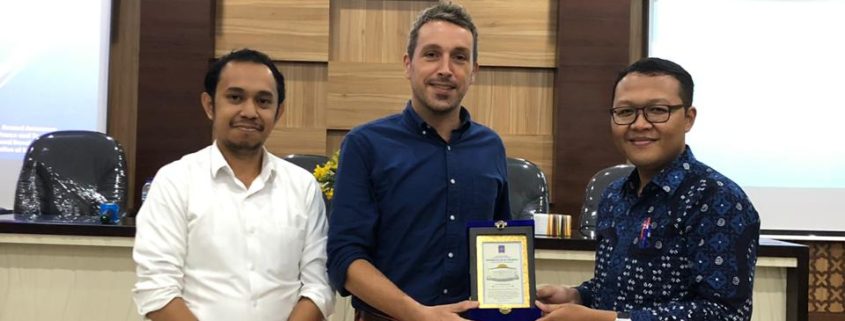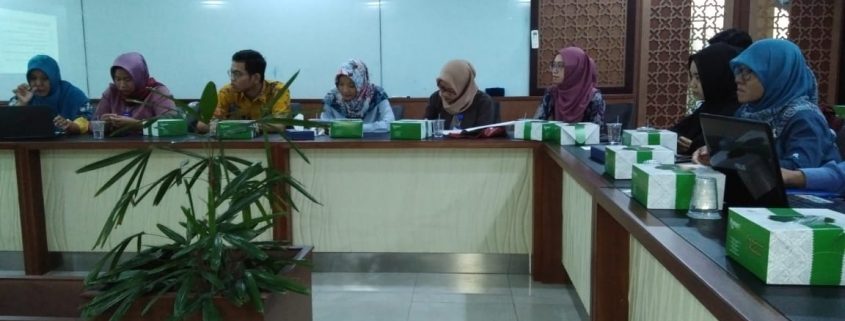Faculty of Law Universitas Islam Indonesia (UII) held an orientation and release of students to be dispatched to Malaysia and South Korea, on Tuesday (27/08). A total of 10 students will join the Credit Transfer program to Ahmad Ibrahim Kulliyyah of Law International Islamic University Malaysia (AIKOL IIUM) dan Youngsan University. They will conduct lectures for one semester, with five students will be dispatched to IIUM and the others five to Youngsan University, Bussan, South Korea.
The event was held in five sessions, starting at 09:00 until 15:00 WIB. The event was facilitated by Dodik Setiawan Nur Heriyanto, S.H., M.H., LL.M., Ph.D., as the Secretary of International Program Study Faculty of Law UII. Nevertheless, students who will depart are not only from international programs. There were consisted of six international program students and six regular students of Faculty of Law.
At the event, the Vice Dean of Student Affairs, Dr., Drs. Muntoha SH., M.Ag., gave an advise as well as dispatched the students. Muntoha advised the students to keep the good name of the UII almamater. “Protect the good name of our alma mater”, he said. According to Muntoha, in addition to studying, students also have the duty to maintain good cooperation that has been established between UII with IIUM and Youngsan University. “In order for the continuation of cooperation between UII and Youngsan University (and IIUM) to be maintained”.
The first session was filled by Dr. Budi Agus Riswandi SH., M.Hum., who filled the General Orientation material. During the session Budi Agus, who was also the Head of Undergraduate Study Program of Faculty of Law UII, gave an introduction to overseas experience and environment. According to him, students must optimize their goals in joining this program, which is to study. However, he also stressed that students are free to hang out and play, as long as considered the values taught at UII. “The important thing is to be happy, not to be carried hard,” he said. According to him, studying abroad is not only a different location, but the most important thing is that the culture and rules are also different. So, he advised that students be very good at adjusting.
The fifth session was quite interesting, when Dodik Setiawan facilitated the students to have a talk with Prof. Jihyun Park from Youngsan University. The teleconference was carried out through Skype social media. Prof. Jihyun Park welcomed and greeted the students who were going to study at Youngsan University and IIUM.
The students are planned to depart on Thursday, (29/08), from Soekarno-Hatta International Airport, Cengkareng. Faculty leaders will take the students directly to Jakarta”, said Dodik Setiawan. After that, students who go to IIUM will be delivered to Malaysia, while students who go to Youngsan University will be picked up by Youngsan when they arrive in South Korea.
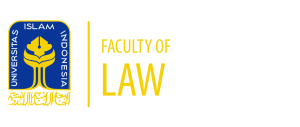
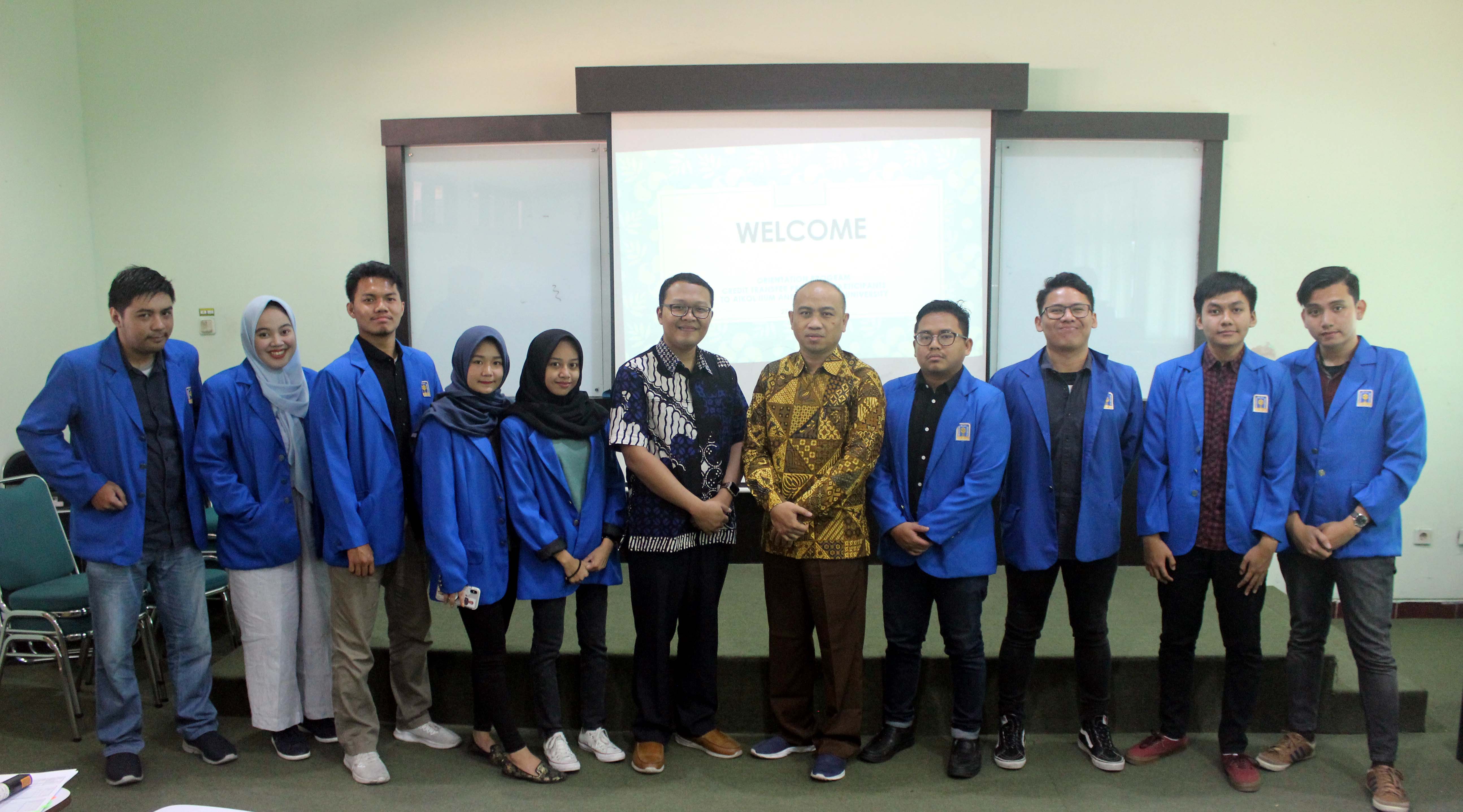

 In this Summer School program, Pradana Satya attended lectures for 2 weeks, in which there were 2 material distributions namely in the first week learning about Alternative Dispute Resolution in which there was learning about Negotiation, Mediation, Litigation and Arbitration. In this first week’s lecture, the lecturer was Professor Cynthia M. Adams. Professor Cynthia M. Adams is a lecturer at Indiana University’s Robert H. McKinney School of Law and also a practitioner in her field. Then, in the second week’s lecture material delivered by a Chief Justice at the Indiana Supreme Court at the United State of America namely Justice Steven H. David. In the second week, the material presented was regarding Contract Law in the American Law system and also the application of contracts in international business law. Every weekend, a final test will be held to test the ability of students and also one of the requirements to get a certificate of graduation from the Summer School so that every student must be able to pass the final test.
In this Summer School program, Pradana Satya attended lectures for 2 weeks, in which there were 2 material distributions namely in the first week learning about Alternative Dispute Resolution in which there was learning about Negotiation, Mediation, Litigation and Arbitration. In this first week’s lecture, the lecturer was Professor Cynthia M. Adams. Professor Cynthia M. Adams is a lecturer at Indiana University’s Robert H. McKinney School of Law and also a practitioner in her field. Then, in the second week’s lecture material delivered by a Chief Justice at the Indiana Supreme Court at the United State of America namely Justice Steven H. David. In the second week, the material presented was regarding Contract Law in the American Law system and also the application of contracts in international business law. Every weekend, a final test will be held to test the ability of students and also one of the requirements to get a certificate of graduation from the Summer School so that every student must be able to pass the final test.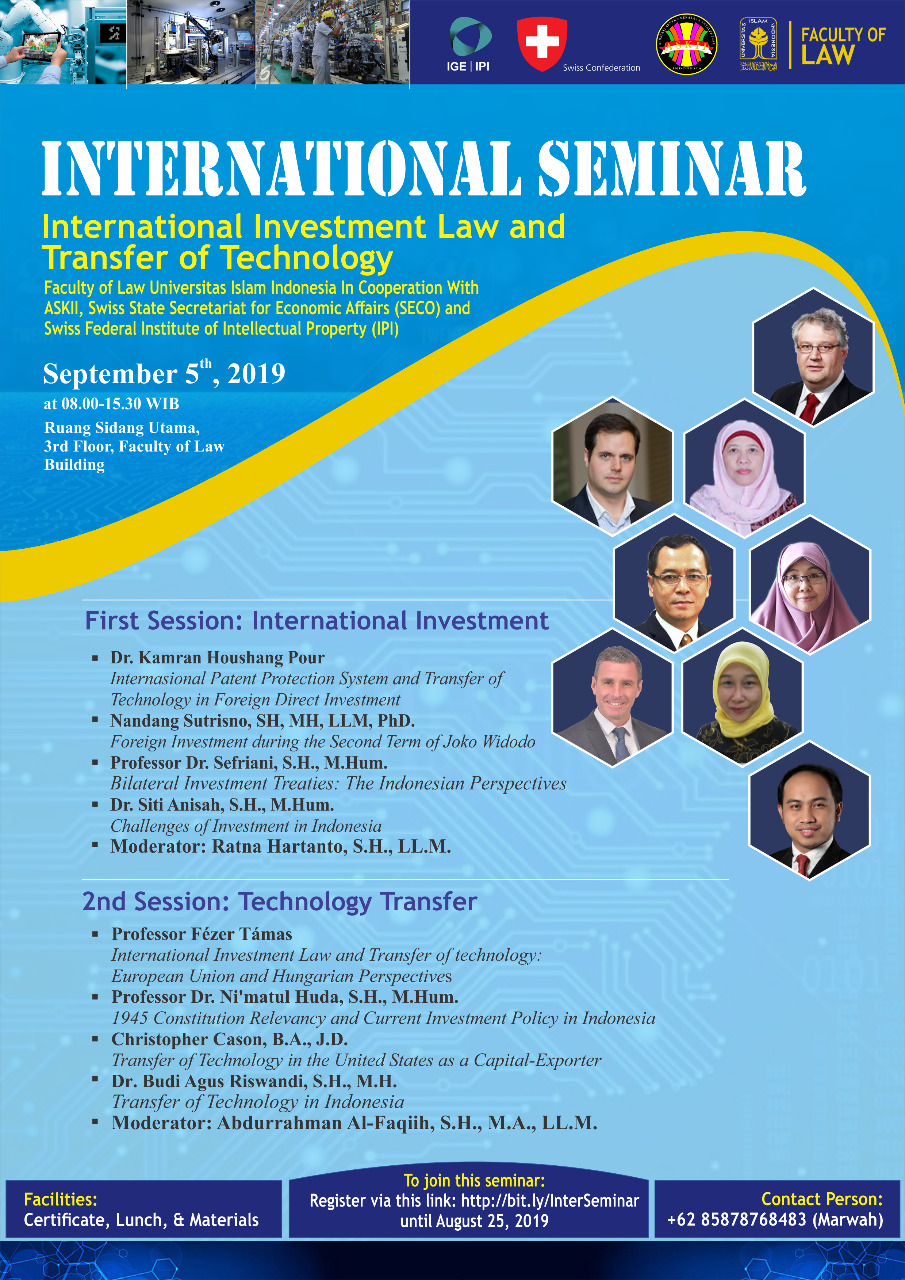

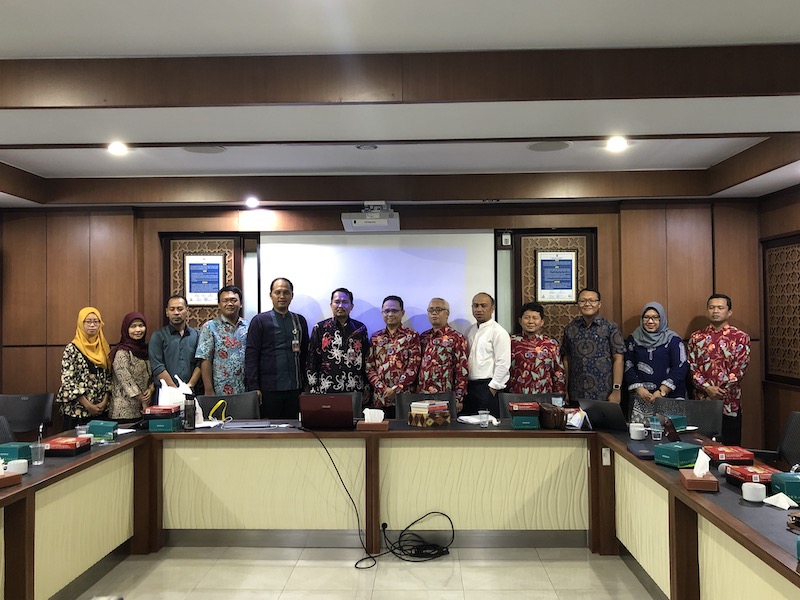
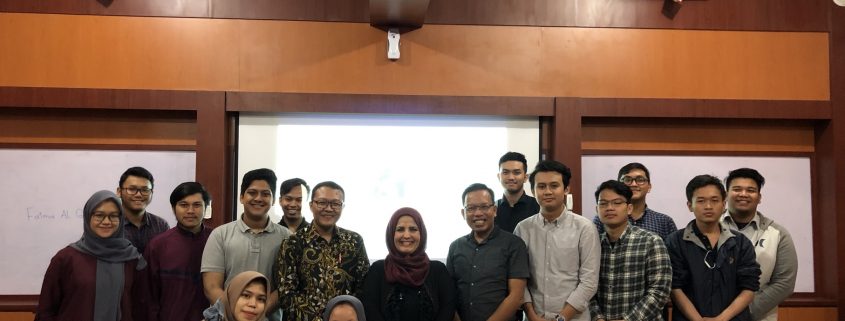
 People with disabilities (PwDs) and special needs have been disproportionately affected by the deterioration in living conditions in the Gaza Strip since March 2017. This situation is driven by a worsening energy crisis, which has resulted in outages of 18-20 hours a day, and an exacerbation of the salary crisis in the public sector, both of which are linked to an escalation in internal Palestinian divisions. The Palestinian Ministry of Social Development estimates that over 49,000 individuals in the Gaza Strip (or 2.4 per cent of the population) suffer from some type of disability, a third of them children. More than 1,100 of these people, including about 300 children, became disabled as a result of injuries incurred during the 2014 hostilities, including approximately 100 amputees.
People with disabilities (PwDs) and special needs have been disproportionately affected by the deterioration in living conditions in the Gaza Strip since March 2017. This situation is driven by a worsening energy crisis, which has resulted in outages of 18-20 hours a day, and an exacerbation of the salary crisis in the public sector, both of which are linked to an escalation in internal Palestinian divisions. The Palestinian Ministry of Social Development estimates that over 49,000 individuals in the Gaza Strip (or 2.4 per cent of the population) suffer from some type of disability, a third of them children. More than 1,100 of these people, including about 300 children, became disabled as a result of injuries incurred during the 2014 hostilities, including approximately 100 amputees.